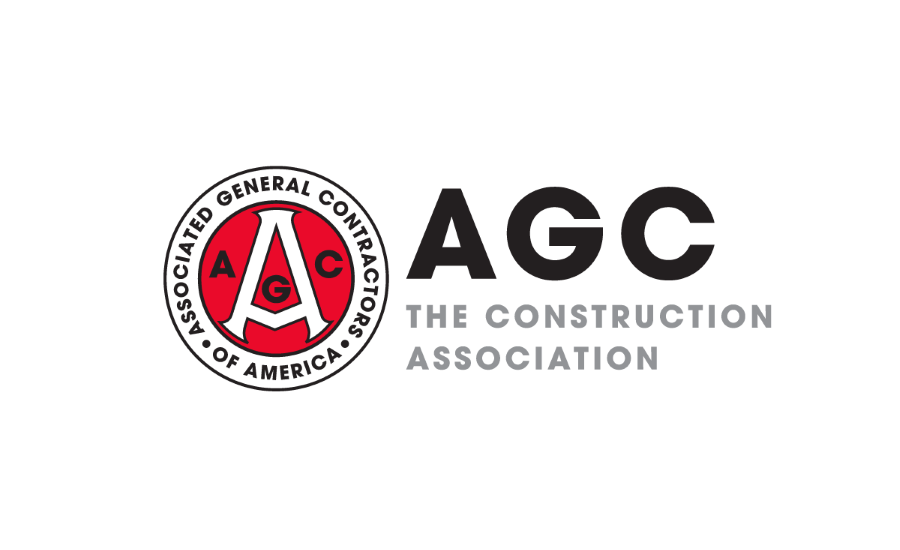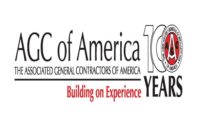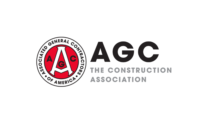The price of materials and services used in nonresidential construction jumped 1.1 percent last month, outpacing the rise in contractors’ bid prices, according to an analysis by the Associated General Contractors of America of government data released today. Association officials warned that rising materials prices were having an adverse impact on a growing number of construction projects that have suddenly become more expensive.
“Some materials prices have fallen recently but others appear headed for further increases,” said Ken Simonson, the association’s chief economist. “Since these prices were collected, producers of gypsum, concrete, and other products have announced or implemented new increases. In addition, the supply chain remains fragile and persistent difficulties filling job openings mean construction costs are likely to remain elevated despite declines in some prices.”
The producer price index for inputs to nonresidential construction--the prices charged by goods producers and service providers such as distributors and transportation firms—jumped 1.1 percent from May to June and 16.8 percent since June 2021. Meanwhile, the index for new nonresidential building construction—a measure of what contractors calculate they would charge to erect five types of nonresidential buildings—climbed by 0.5 percent from May to June and 19.8 percent over 12 months.
A diverse mix of inputs accounted for the increase in the cost index even as prices for several metal and wood products declined, the economist added. The price index for diesel fuel soared 14.1 percent in June and more than doubled over 12 months, rising 111.1 percent since June 2021. The index for asphalt and tar roofing and siding products rose 3.2 percent in June and 22.2 percent over 12 months. The index for plastic construction products rose 1.5 percent for the month and 27.0 percent since June 2021. Insulation materials climbed 1.2 percent in price last month and 16.0 percent year-over-year. The index for concrete products rose 1.7 percent in June and 13.5 percent over 12 months. The index for paving mixtures and blocks increased 2.9 percent in June and 17.9 percent over the past year.
These increases more than offset declines in indexes for metals and lumber. There were one-month decreases in June in the index for copper and brass mill shapes, -1.6 percent; steel mill products, -1.8 percent; aluminum mill shapes, -5.2 percent; and lumber and plywood, -14.7 percent.
Association officials said public officials had a vested interest in taking steps to address rising materials prices, noting those price increases are making it more expensive to build all manner of public infrastructure projects. They urged the Biden administration to remove remaining tariffs on a range of construction materials and for public officials at all levels to take steps to help unclog backed up supply chains.
“The more materials prices increase, the harder it will be for public officials to build new schools, roads and other infrastructure,” said Stephen E. Sandherr, the association’s chief executive officer. “Taking steps to address rising materials prices will help construction employers and taxpayers alike.”





